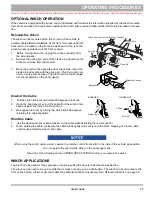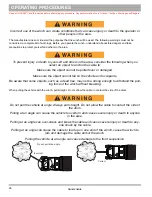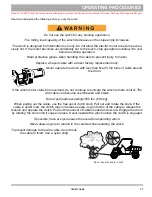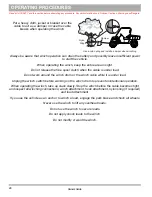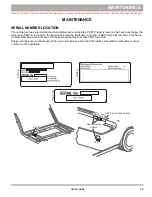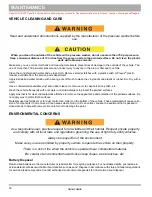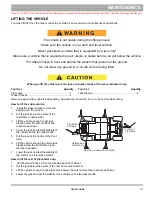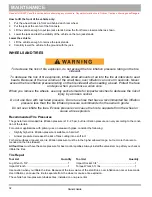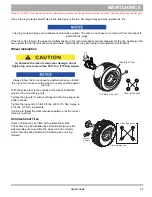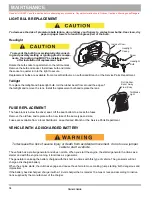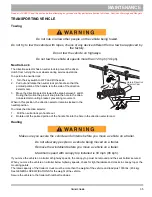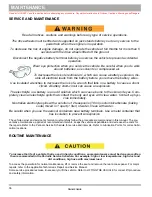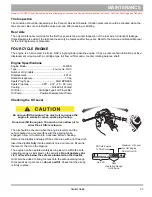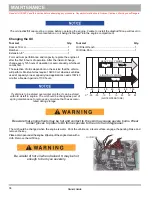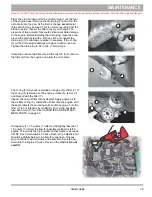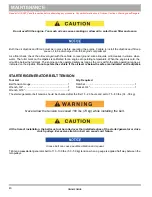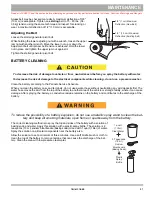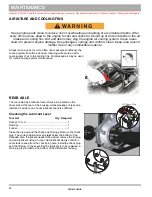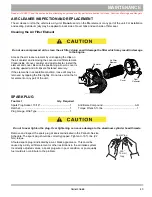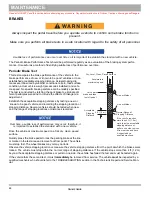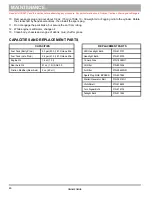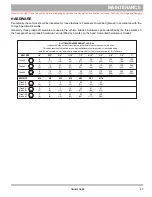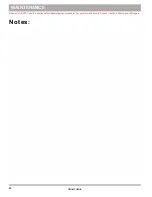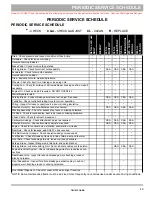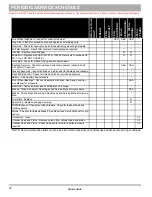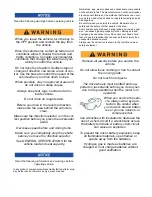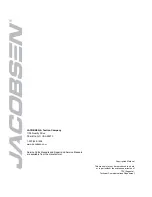
B
MAINTENANCE
Read all of SAFETY and this section before attempting any procedure. Pay particular attention to Notices, Cautions, Warnings and Dangers.
39
Owner’s Guide
Place the oil drain pan under the oil drain plug (1) at the rear
of the engine base. Remove the drain plug (1) and allow the
oil to drain into the pan. At the first oil change,
small
metal
chips and lint may be found. This is normal, resulting from the
break-in period. Inspect the filter at every oil change. The
presence of large metal chips could indicate possible damage
to the engine. Before installing the drain plug, clean the area
around the drain hole with a lint free cloth and inspect the
drain plug (1) for damage; replace if necessary. If the O-ring
(2) on the drain plug is damaged, replace it with a new one.
Tighten the drain plug to 62 in. lbs. (7 Nm) torque.
Clean the area around filter. Use a filter wrench (3) to remove
the filter (4) from the engine and allow the oil to drain.
The O-ring (5) may have remained on engine (6) or filter (7). If
the O-ring (5) remained on the engine surface (6), remove it
and discard with the filter (7).
Inspect the new oil filter for any defects. Apply engine oil to
the oil filter O-ring (5). Install the oil filter onto the engine until
the seal contacts the mounting surface of the engine. Turn the
filter 2/3 to 3/4 rotations by HAND(S). Pour in the specified
type and amount of oil. See CAPACITIES AND REPLACE-
MENT PARTS on page 46.
Oil capacity is 1 1/3 quarts (1.3 liters). Add slightly less than 1
1/3 quarts (1.3 liters) to allow for possible residual oil left in
engine. The oil must be high quality oil that meets or exceeds
API SF, SG, CC standards. Check oil level on the dipstick. Oil
should be slightly below H to allow for expansion. If neces-
sary, continue to add oil slowly and allow time for oil to flow
down into the engine. Check oil level on the dipstick.
Do not
overfill.
1
2
3
4
5
6
7

